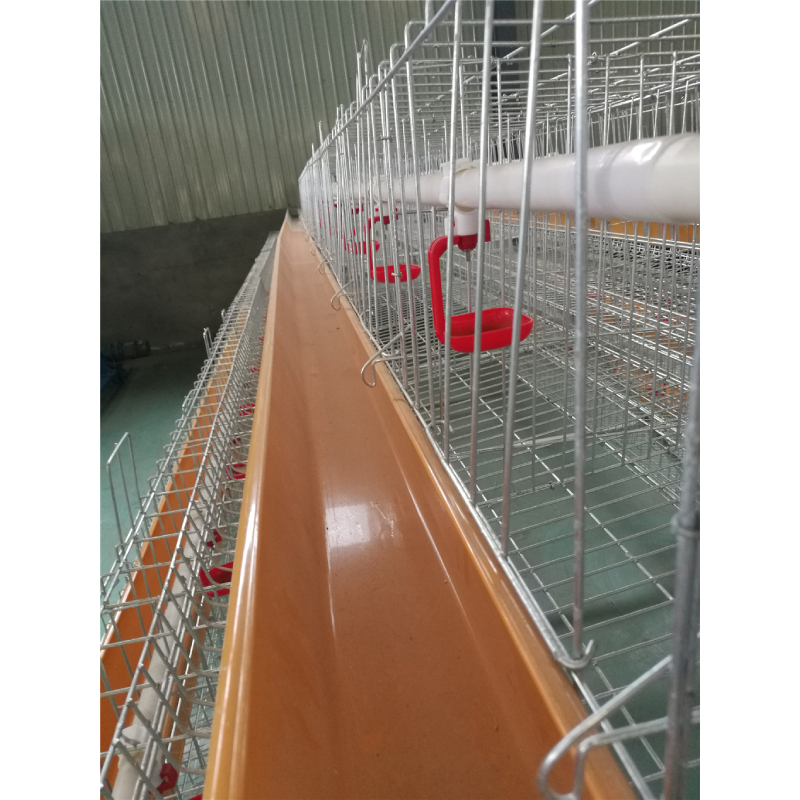Efficient Hammer Mill Solutions for Producing High-Quality Cattle Feed
ធ្នូ . 11, 2024 10:26 Back to list
Efficient Hammer Mill Solutions for Producing High-Quality Cattle Feed
The Importance of Hammer Mills in Cattle Feed Production
In the ever-evolving world of livestock farming, ensuring that cattle receive the highest quality feed is essential for optimal growth and production. One crucial piece of equipment that plays a significant role in the production of cattle feed is the hammer mill. This article explores the function, benefits, and impact of hammer mills in cattle feed production, emphasizing their importance in modern agriculture.
What is a Hammer Mill?
A hammer mill is a type of grinder widely utilized in the agricultural sector for grinding various types of grains, including corn, wheat, and barley, as well as forage materials and by-products. The device operates through the use of rotating hammer blades that crush, grind, and shred feed ingredients to achieve desired particle sizes. The versatility of hammer mills allows them to handle both wet and dry materials, catering to the diverse needs of cattle feed formulation.
The Role of Hammer Mills in Cattle Feed Production
1. Particle Size Reduction Cattle feed needs to be processed into small, uniform particles to enhance digestibility and nutrient absorption. Hammer mills effectively reduce the size of feed ingredients, facilitating easier consumption and maximizing nutrient uptake in cattle. Properly processed feed can lead to improved feed conversion ratios, meaning that cattle can convert feed into body mass more efficiently.
2. Improved Nutrient Availability By breaking down feed grains and forages, hammer mills help release nutrients that are otherwise locked within the hard kernels or fibrous material. This process not only increases the bioavailability of essential nutrients like proteins, carbohydrates, vitamins, and minerals but also promotes better overall health in cattle.
3. Customization of Feed Formulations The hammer mill enables farmers and feed manufacturers to customize feed formulations according to the specific dietary needs of their cattle. Different stages of growth, types of cattle, and production goals necessitate varied nutrient profiles. With a hammer mill, producers can blend different ingredients effectively, ensuring a balanced diet tailored to their livestock.
hammer mill for cattle feed

4. Enhanced Mixing Capabilities Hammer mills can be integrated into existing feed processing systems, allowing for enhanced mixing capabilities. This is crucial for creating homogenous feed mixtures that ensure each animal receives a consistent diet. Such uniformity is vital for preventing nutritional deficiencies and promoting optimal growth rates.
Benefits of Hammer Mills
- Efficiency Hammer mills operate at high speeds, making them efficient for large-scale feed production. The rapid processing of feed ingredients helps save time and labor costs, making it easier for farmers to meet the increasing demand for cattle feed.
- Cost-Effectiveness By allowing farmers to utilize a wide range of raw materials, hammer mills can drive down the overall cost of cattle feed production. Farmers can source local grains and by-products, reducing transportation expenses and dependency on commercial feed.
- Durability and Low Maintenance Quality hammer mills are built to withstand heavy usage and are designed for easy maintenance. This durability translates to less downtime and lower replacement costs, making them a sound investment for cattle farmers.
The Impact on Cattle Farming
The implementation of hammer mills in cattle feed production has transformed the livestock industry. By enhancing the quality of feed and improving nutrient absorption, farmers have reported increased productivity in herd growth rates and overall health. This advancement not only benefits individual farmers and ranchers but also contributes to the global effort of maximizing food production to meet the demands of a growing population.
In conclusion, hammer mills are indispensable tools in the production of cattle feed. Their ability to effectively process and customize feed ingredients has far-reaching implications for animal health, economic efficiency, and the sustainability of cattle farming. As technology advances and the agricultural sector continues to evolve, the hammer mill will undoubtedly remain a cornerstone of modern cattle feed production, ensuring that farmers can meet the nutritional needs of their livestock while optimizing their operations for efficiency and profitability.
-
High-Quality Poultry Cages for Efficient Layer Farming Trusted Supplier
NewsApr.29,2025
-
Automatic Pig Feeding System Efficient Livestock Management Solutions
NewsApr.29,2025
-
Feed Chaff Cutter Machine Multifunctional & Efficient Crop Processing
NewsApr.29,2025
-
Right Poultry Farm Equipment Premium Cages & Automated Machines
NewsApr.29,2025
-
Manure Scrapper System Efficient Cleaning & Automated Feeding Solutions
NewsApr.29,2025
-
Premium Pig Fattening Pens Durable & Spacious Livestock Solutions
NewsApr.29,2025






